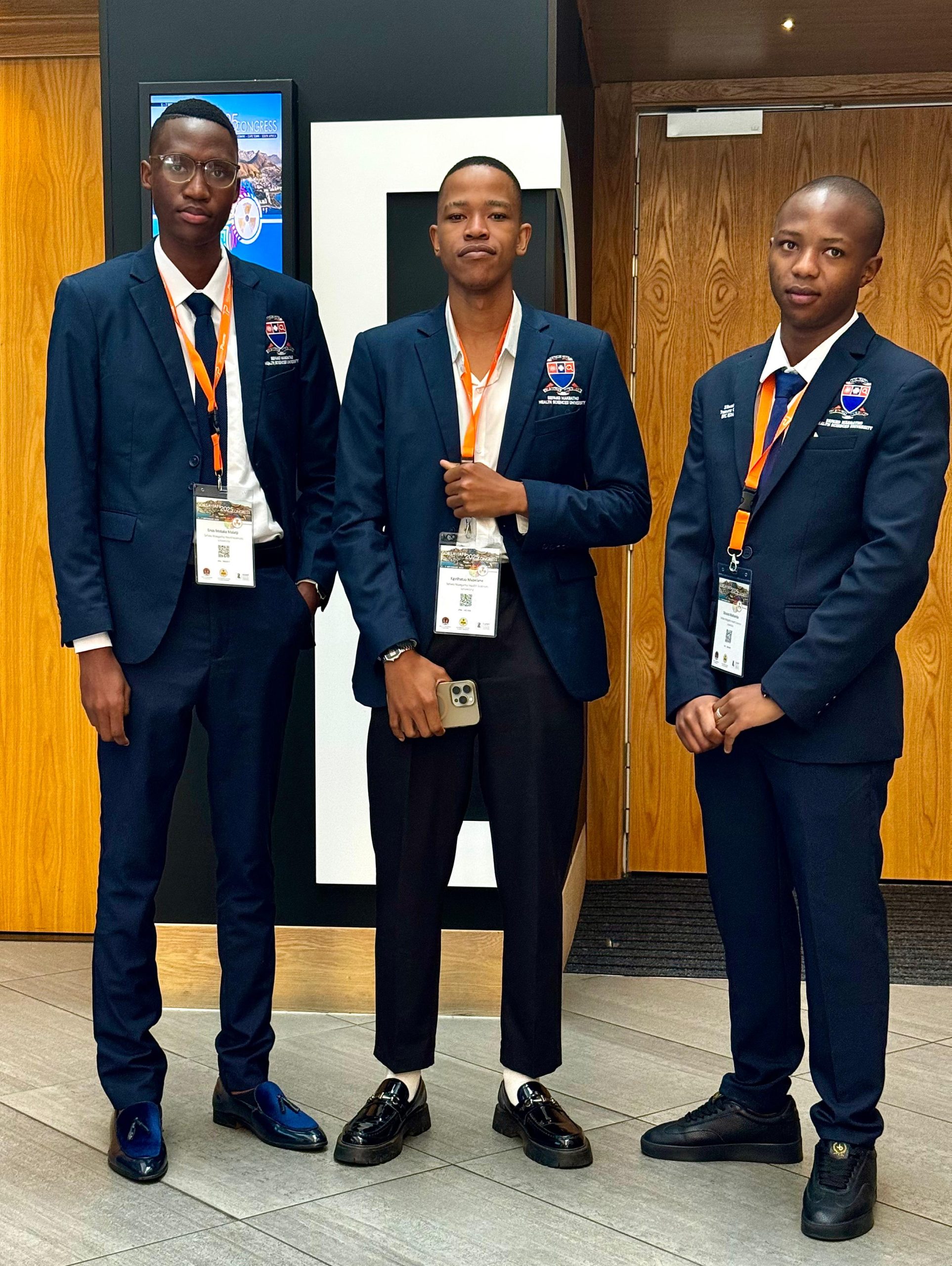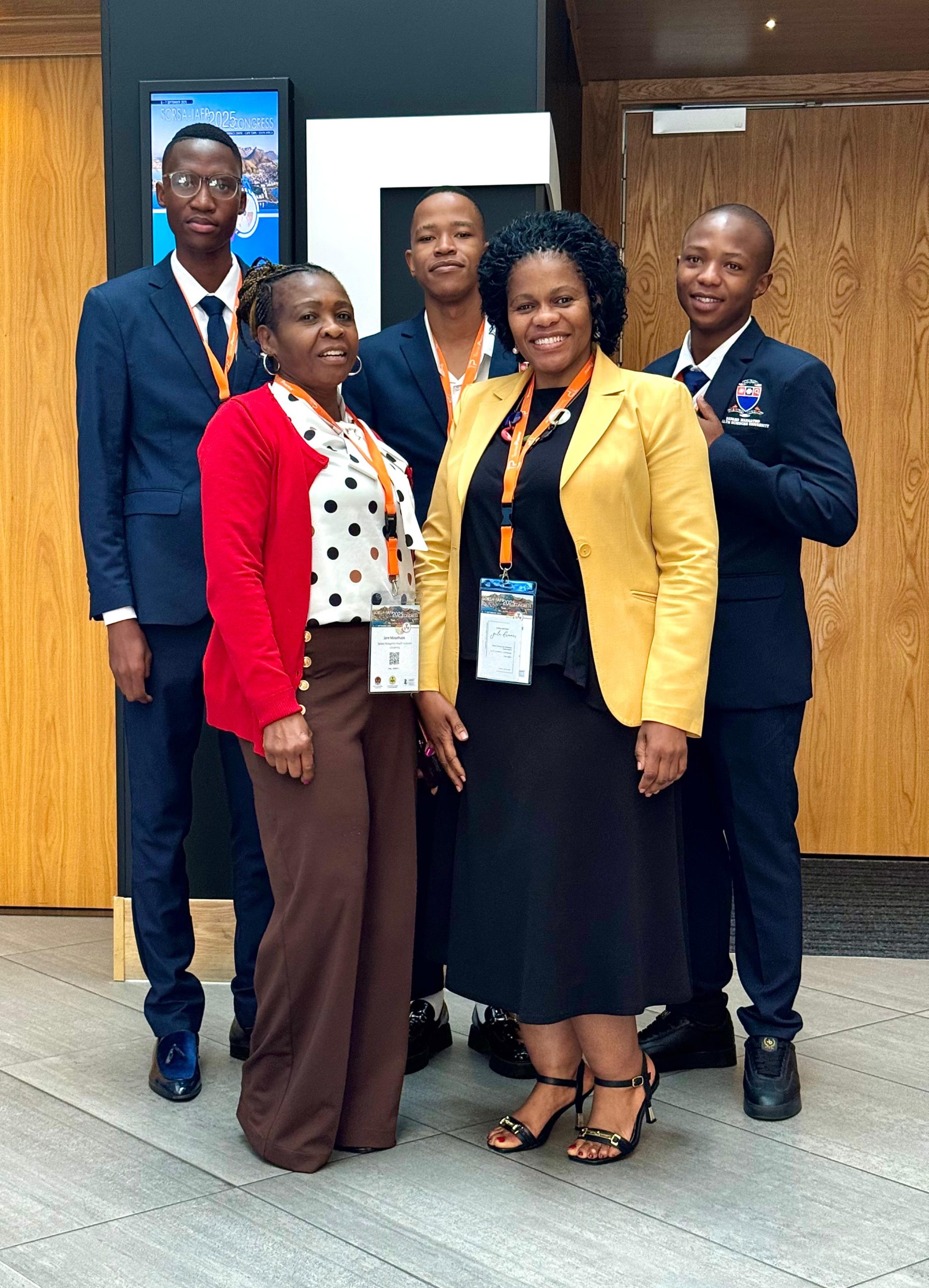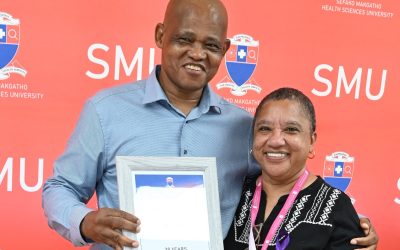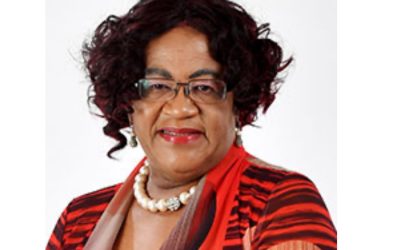Three undergraduate radiography researchers from Sefako Makgatho Health Sciences University (SMU) have returned from the prestigious Society of Radiographers of South Africa–International Association of Forensic Radiology (SORSA-IAFR) 2025 Congress with renewed inspiration and a determination to advance their profession. The event, held from 5–7 September in Cape Town, brought together local and international experts in medical imaging, forensic radiology, and healthcare innovation.
 For SMU students Enos Malatji, Kgothatso Mabelane and Sibusiso Makhamba, participation in the congress was not only an academic milestone but also a chance to represent South African radiography students on a global platform. Each student delivered scientific presentations on topics ranging from spinal tuberculosis and MRI brain tumour segmentation to forensic imaging practices in hospitals and laboratories. Their work was met with encouraging feedback, sparking dialogue about the role of young researchers in shaping the future of radiography.
For SMU students Enos Malatji, Kgothatso Mabelane and Sibusiso Makhamba, participation in the congress was not only an academic milestone but also a chance to represent South African radiography students on a global platform. Each student delivered scientific presentations on topics ranging from spinal tuberculosis and MRI brain tumour segmentation to forensic imaging practices in hospitals and laboratories. Their work was met with encouraging feedback, sparking dialogue about the role of young researchers in shaping the future of radiography.
“Standing on an international stage as a student gave me real hope for the future of our profession,” Malatji reflected. “The feedback we received showed that people believe in students’ contributions, and that motivates us to keep pushing boundaries.”
The congress was also a moment of discovery. The SMU team noted the rapid pace of technological innovation in radiography worldwide, from advanced diagnostic tools to new forensic applications. For Mabelane, this highlighted both the opportunities and the challenges facing South Africa. “Our profession is evolving so quickly. Yet, compared to other countries, radiography here is still less recognised. Sustained collaboration with international peers will help us close that gap,” he said.
 Their participation was not limited to presenting research. Malatji was invited to address the SORSA National Council Meeting prior to the congress, where he outlined strategies for mobilising students across the country to strengthen radiography through advocacy, research and leadership. He emphasised that student involvement was essential to give the profession a “fresh voice with energy and innovation.”
Their participation was not limited to presenting research. Malatji was invited to address the SORSA National Council Meeting prior to the congress, where he outlined strategies for mobilising students across the country to strengthen radiography through advocacy, research and leadership. He emphasised that student involvement was essential to give the profession a “fresh voice with energy and innovation.”
Beyond academic recognition, the congress also opened doors to professional opportunities. Malatji’s presentations caught the attention of several companies, two of which expressed interest in employing him in the future and exploring ways to invest in student development. “It was humbling to realise my work is not just for me, but for the profession at large,” he said.
The students also paid tribute to their supervisors, Khomotso Motiang and Jane Mosathupa, whose dedication and mentorship made their participation possible. “She worked tirelessly, sacrificed so much, and guided us like both a supervisor and a parent,” Malatji noted.
With research posters to be shared on campus notice boards and a renewed commitment to student-led initiatives, the SMU Radiography Students Organisation is set to carry forward the momentum from Cape Town. “If students can embrace research early in their academic journey, we can raise a generation of strong researchers and advocates,” Makhamba said.
The SORSA-IAFR 2025 Congress was more than an academic event for SMU’s young radiographers – it was a catalyst. It placed them firmly on the map of international radiography and reaffirmed their role in shaping the future of the profession in South Africa and beyond.
By Tumelo Moila



